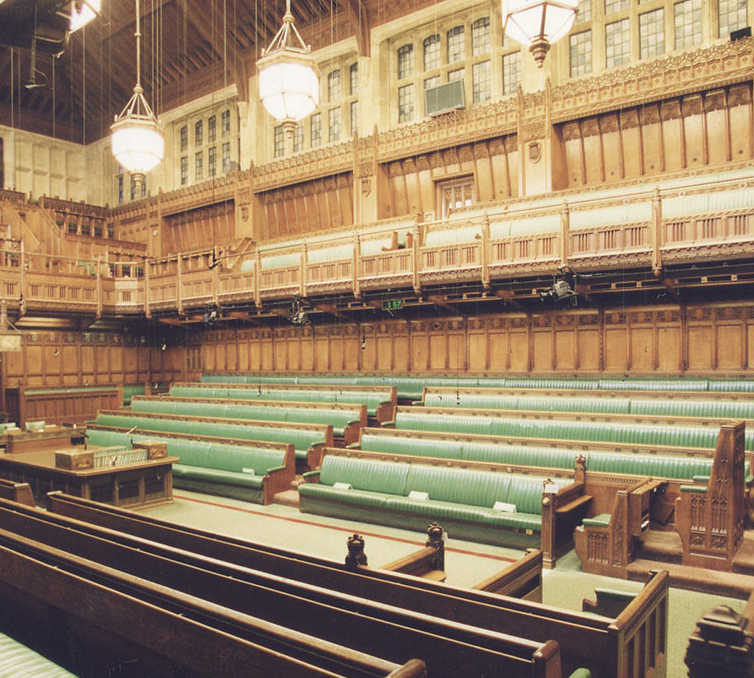A number of my constituents have contacted me about the issue of ocean protection.
The UK is a global leader in protecting our seas, the ocean and marine life, working with counterparts both in the UK and overseas.
At COP15 in 2022, almost 200 countries agreed a global commitment to reverse biodiversity loss and to protect 30 per cent of land and oceans by 2030. The UK also announced nearly £30 million to support developing countries to deliver the ’30 by 30′ target. In addition, in March 2023, UN Member States agreed the High Seas Treaty, which aims to place 30 per cent of the seas into protected areas by 2030.
Further, 374 Marine Protected Areas (MPAs) protect 38 per cent of UK waters, which are all subject to planning and licensing regimes to ensure they are protected from harmful activities. The Environmental Improvement Plan (EIP) sets the country on a path to deliver an improved marine environment and halt the decline in biodiversity which benefits us all. As set out in the EIP, the UK has a statutory target to have 70 per cent of designated features in MPAs in a favourable condition by 2042, with the remainder in a recovering condition.
The UK was among the first signatories to the Biodiversity Beyond National Jurisdiction Agreement at the UN in 20 September 2023. Work is in hand on the legislation and other measures needed to translate the detailed and complex provisions of the agreement into UK law before ratification when parliamentary time allows.
Finally, the first Highly Protected Marine Areas (HPMAs) have come into force. These areas of the sea will benefit from the highest level of protection which will exclude all fishing, thus encouraging full recovery of marine ecosystems. For HPMAs to be successful, the Government must work with the fishing industry, other marine industries and sea users in designating, managing and monitoring them.
